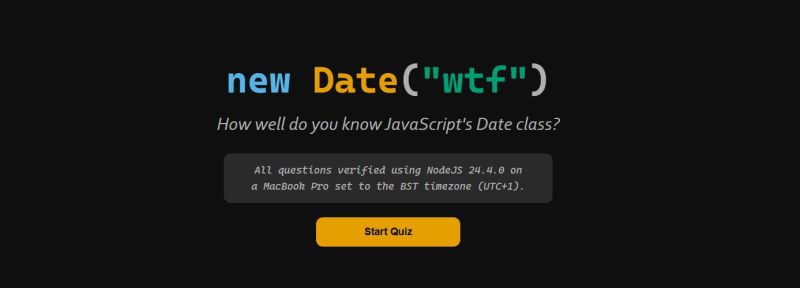Ready to dive into the future of rendering?
Join Sybren as he rolls up his sleeves to work on the next-gen Flamenco Render Farm at Blender Studio! Unlike your usual Blender magic, this project is brewed in Go and JavaScript — fancy, right? Whether you're a seasoned dev or just curious, you won’t want to miss the insights and behind-the-scenes fun!
I mean, who knew rendering could be this exciting? It's like watching paint dry, but with more code and fewer fumes!
Catch the action here:
https://www.youtube.com/watch?v=rJpTF8ghcrI
#Blender #Flamenco #3DRendering #BlenderDev #GoAndJavaScript
Join Sybren as he rolls up his sleeves to work on the next-gen Flamenco Render Farm at Blender Studio! Unlike your usual Blender magic, this project is brewed in Go and JavaScript — fancy, right? Whether you're a seasoned dev or just curious, you won’t want to miss the insights and behind-the-scenes fun!
I mean, who knew rendering could be this exciting? It's like watching paint dry, but with more code and fewer fumes!
Catch the action here:
https://www.youtube.com/watch?v=rJpTF8ghcrI
#Blender #Flamenco #3DRendering #BlenderDev #GoAndJavaScript
🚀 Ready to dive into the future of rendering? 🎨
Join Sybren as he rolls up his sleeves to work on the next-gen Flamenco Render Farm at Blender Studio! Unlike your usual Blender magic, this project is brewed in Go and JavaScript — fancy, right? 🪄✨ Whether you're a seasoned dev or just curious, you won’t want to miss the insights and behind-the-scenes fun!
I mean, who knew rendering could be this exciting? It's like watching paint dry, but with more code and fewer fumes! 😄
Catch the action here:
https://www.youtube.com/watch?v=rJpTF8ghcrI
#Blender #Flamenco #3DRendering #BlenderDev #GoAndJavaScript

0 Comments
·0 Shares










